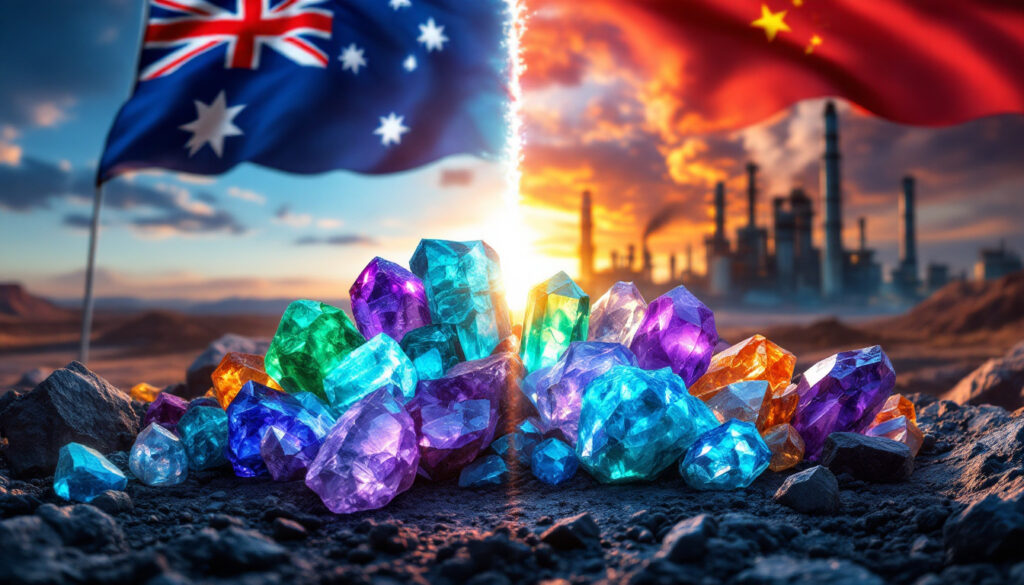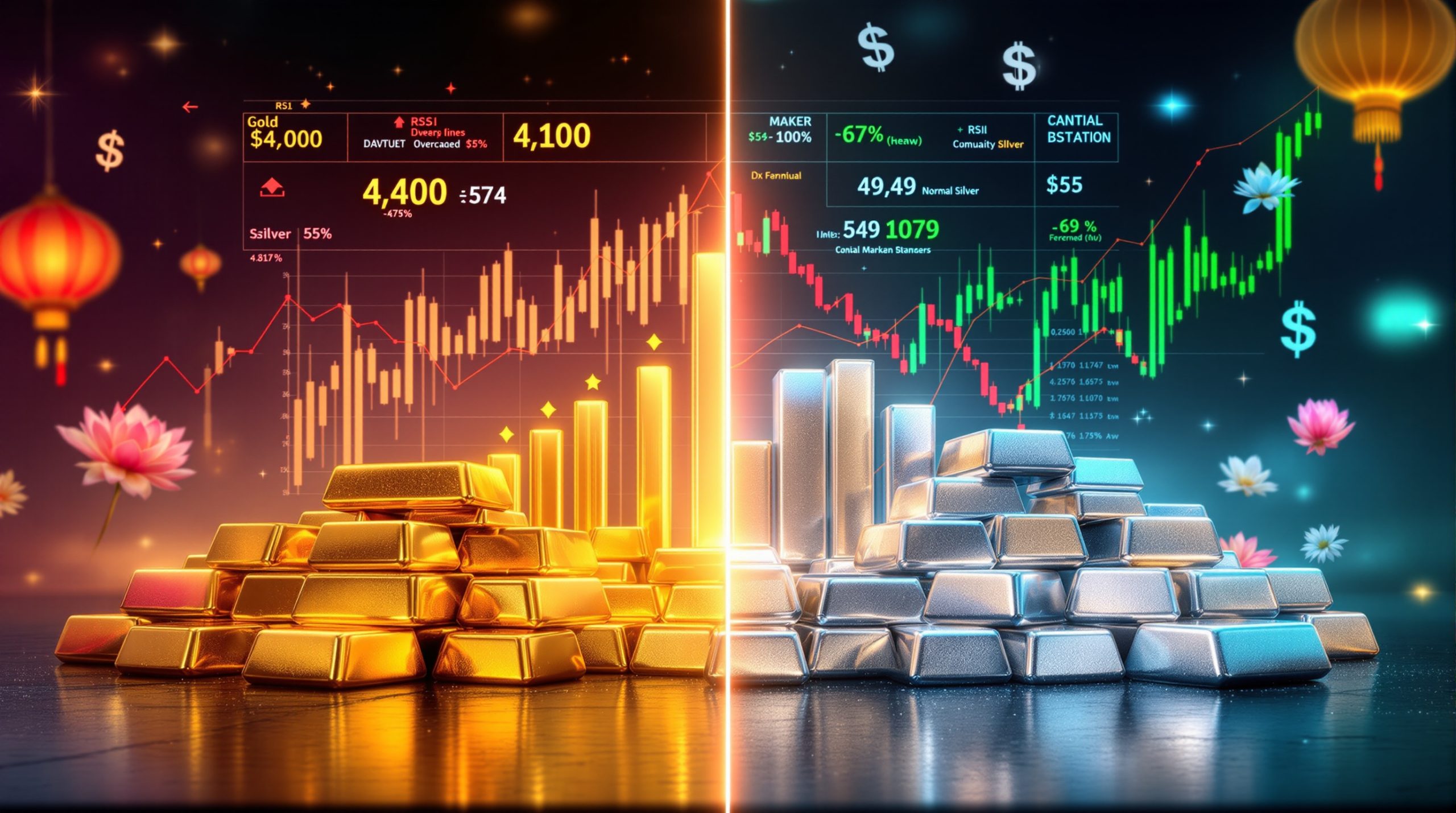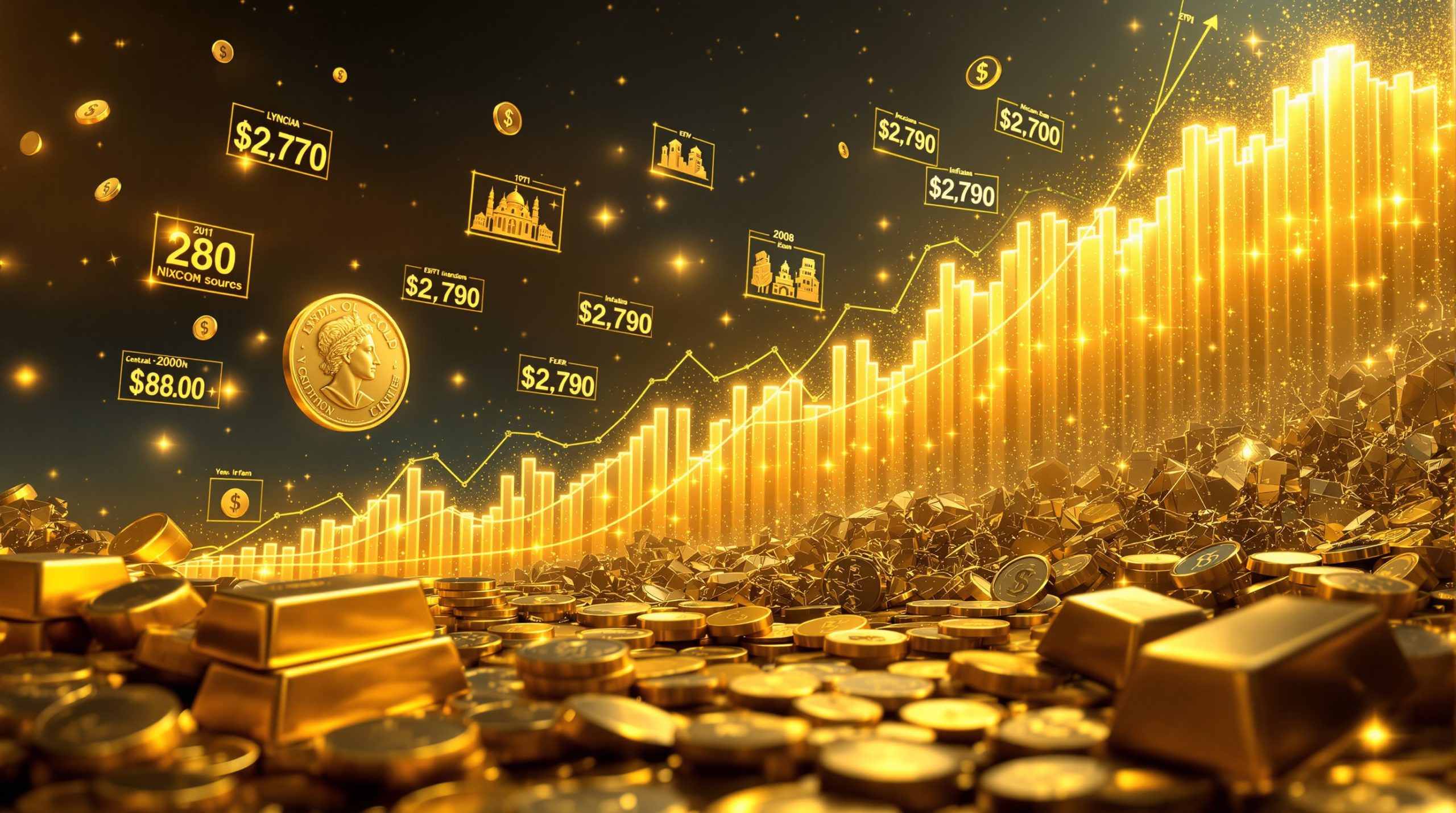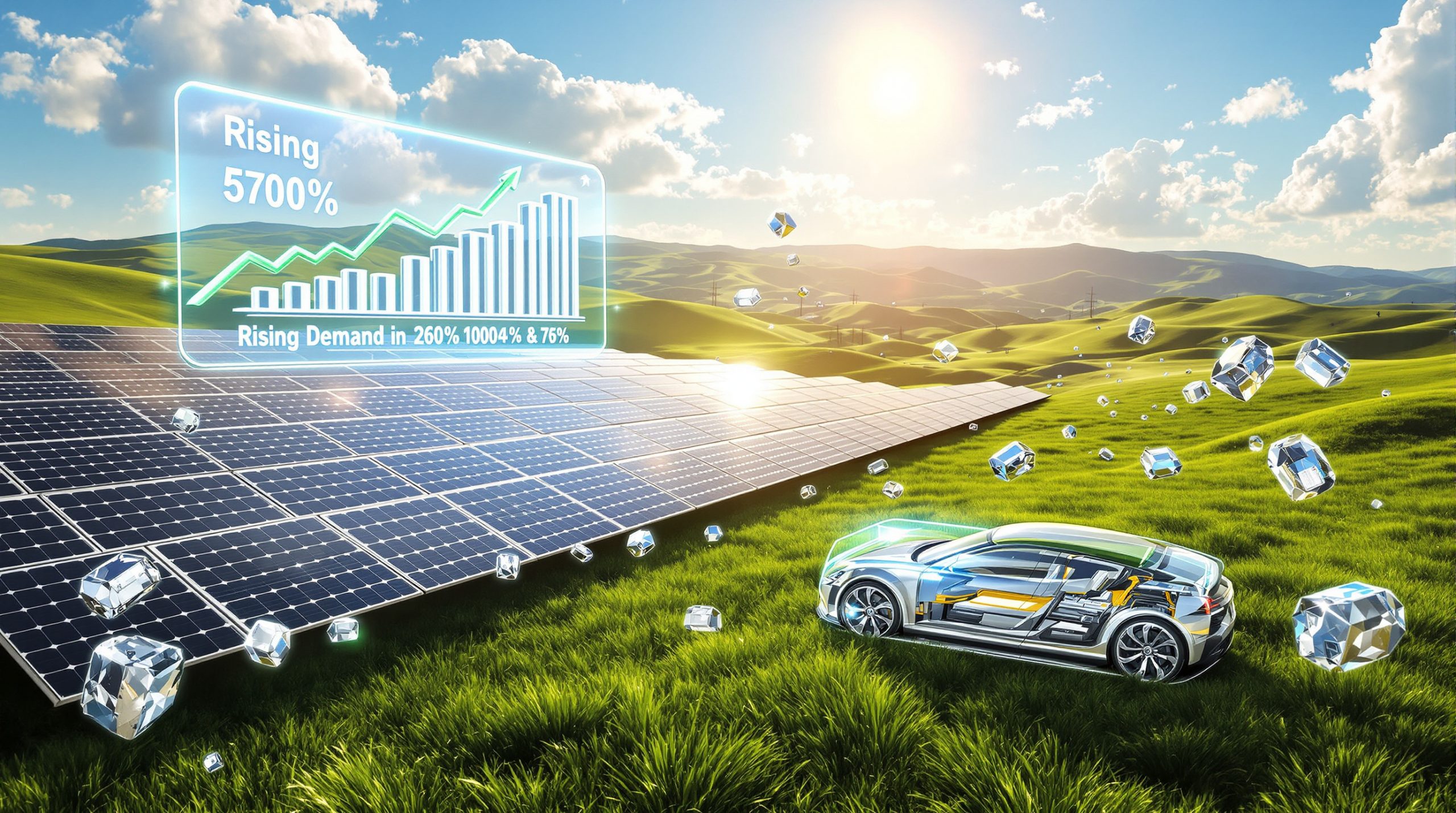China's Tariff Response Could Boost WA Rare Earth Miners Despite Mounting Trade Tensions
The escalating trade tensions between the United States and China have created significant disruptions in global rare earth markets, with Western Australia (WA) emerging as a potential beneficiary. China's recent export restrictions on rare earth minerals, particularly those critical for chipmaking, have intensified supply chain vulnerabilities, driving up prices and demand. WA's rare earth sector, bolstered by exemptions from U.S. tariffs and its status as a leading mining jurisdiction, is strategically positioned to fill these supply gaps. However, uncertainties persist due to retaliatory tariff measures and environmental considerations. This report examines the interplay of these dynamics, offering insights into market opportunities, risks, and long-term implications for Australia's critical minerals strategy.
How Are Global Trade Tensions Impacting Rare Earth Markets?
Trump's Tariff Wars and Global Market Chaos
The U.S. imposition of Trump's tariff policies has led to widespread economic disruptions, stripping trillions of dollars from global stock markets. Retaliatory measures by affected nations, including China, have exacerbated market instability. Australia, though partially insulated through exemptions for key commodities like iron ore and LNG, faces indirect risks from reduced demand in major trading partners such as Japan and South Korea.
China's export restrictions on rare earths—encompassing three successive rounds since 2023—target minerals essential for high-tech industries, including neodymium and praseodymium (NdPr) for permanent magnets. These measures have tightened global supply, with analysts forecasting a 20–30% price surge for heavy rare earths like dysprosium and terbium by 2026.
China's Strategic Response to US Tariffs
China's export policies reflect a deliberate strategy to leverage its dominance in rare earth production, which accounts for 60% of global mining and 85% of processing capacity. By focusing on chipmaking-related minerals, China aims to pressure semiconductor-dependent economies while advancing its domestic tech sector. The cumulative effect has been a 15% reduction in global rare earth exports from China since 2023, intensifying reliance on alternative suppliers.
Why Are WA Rare Earth Miners Positioned to Benefit?
Western Australia's Exemption Advantages
WA's resource sector secured critical exemptions from U.S. tariffs, covering iron ore, gold, LNG, and rare earths. These exemptions recognize WA's role in supplying 40% of the world's lithium and 10% of rare earth oxides. The WA Chamber of Minerals and Energy (CME) emphasizes that these commodities are irreplaceable for U.S. manufacturing and defense sectors, as noted by CEO Rebecca Tomkinson: "These exemptions are recognition that commodities like those we produce cannot simply be conjured out of thin air."
Expert Insights on WA's Strategic Position
WA's mining infrastructure, coupled with high environmental and labor standards, positions it as a preferred supplier for Western nations seeking supply chain diversification. Tomkinson highlights WA's capacity to meet growing demand, citing a 25% increase in rare earth exploration licenses since 2023. The state's Lynas Rare Earths Ltd., for instance, operates the largest non-Chinese rare earth processing facility, contributing 8% of global NdPr supply.
What Are the Potential Risks and Opportunities?
Supply Chain Disruptions and Market Opportunities
China's restrictions have created a 12,000-ton annual supply gap in heavy rare earths, which WA miners could partially offset. Higher prices—currently $150/kg for NdPr, up from $100/kg in 2022—improve profit margins for Australian producers. However, developing processing infrastructure remains a bottleneck, as China controls 90% of global refining capacity.
Ongoing Uncertainties in Global Trade
The CME warns that retaliatory tariffs on WA's trading partners could reduce regional GDP growth by 1.2% annually, dampening demand for commodities. Additionally, environmental compliance costs in WA, which are 30% higher than in competing jurisdictions, may limit short-term competitiveness.
How Could This Impact Australia's Critical Minerals Strategy?
Australia's Strategic Leverage
Australia is leveraging its critical minerals—particularly rare earths, cobalt, and lithium—as diplomatic assets in trade negotiations. The federal grants boost critical minerals industry, providing $2 billion through the Critical Minerals Facility to developers, aiming to triple rare earth production by 2030. This aligns with U.S. efforts to reduce reliance on Chinese supplies, as evidenced by the 2024 Defense Production Act investments in Australian mining ventures.
Long-Term Industry Development
Trade tensions have accelerated investments in domestic processing, with projects like Iluka Resources' Eneabba refinery targeting 50,000 tons/year of rare earth oxides by 2027. Such initiatives could reduce dependency on Chinese refining by 15% by 2030, enhancing supply chain resilience.
FAQ: China's Rare Earth Export Restrictions and WA Mining
What specific rare earth minerals are most affected by China's export restrictions?
China's restrictions focus on dysprosium and terbium (vital for wind turbines and EVs) and NdPr for magnets. WA's reserves contain an estimated 3.4 million tons of rare earth oxides, with Mount Weld holding the highest NdPr concentration outside China.
How might Western Australia's rare earth sector evolve in response to these trade tensions?
Trade tensions have accelerated development of previously marginal mining projects across WA. Investment in processing capabilities within Australia has increased by 45% since 2022, with particular focus on separation facilities for heavy rare earths. Western technology manufacturers are establishing direct supply agreements with Australian miners, bypassing traditional trading channels to secure reliable access.
What are the environmental considerations for expanding rare earth mining in Western Australia?
WA's mining sector adheres to ISO 14001 environmental standards, mandating 95% water recycling and 30% lower carbon emissions than global averages. Projects like Hastings Technology Metals' Yangibana mine incorporate solar hybrid power systems to mitigate ecological impacts. The industry has committed to a 50% reduction in radioactive waste through new processing technologies by 2028.
How do rare earth supply issues affect technology development globally?
Restricted rare earth supplies have extended development timelines for next-generation electric vehicles by an average of 6-8 months. Price increases have accelerated research into alternative materials, with 22% of manufacturers exploring reduced-rare-earth motor designs. Supply chain reconfiguration has prioritized security over cost, with premium pricing of 15-20% accepted for guaranteed supply from stable jurisdictions like Australia.
This analysis underscores WA's pivotal role in reshaping global rare earth markets amid geopolitical strife. While challenges persist, strategic investments and policy support position Australia to emerge as a cornerstone of sustainable critical mineral supply chains. The ongoing Australian mining trends and development of geopolitical market strategies will be crucial in determining the future landscape of global rare earth supply.
Wondering How to Capitalise on Rare Earth Market Disruptions?
Stay ahead of critical minerals opportunities with Discovery Alert's proprietary Discovery IQ model, which instantly notifies you of significant ASX discoveries in the rare earths sector and beyond. Explore how major mineral discoveries have historically delivered exceptional returns by visiting Discovery Alert's dedicated discoveries page and position yourself to benefit from emerging opportunities.




